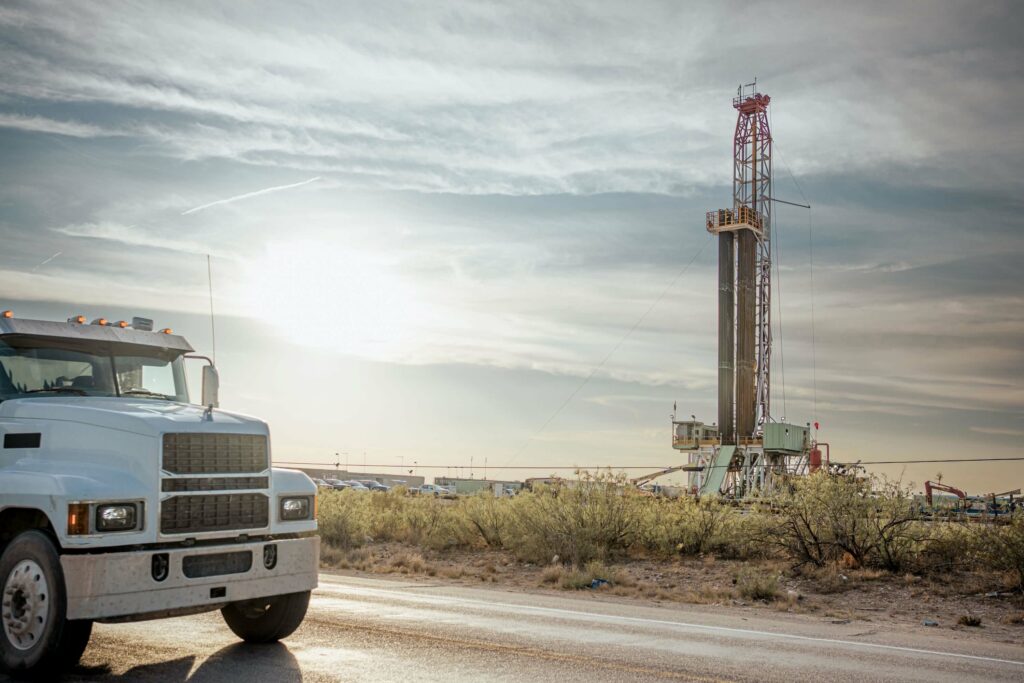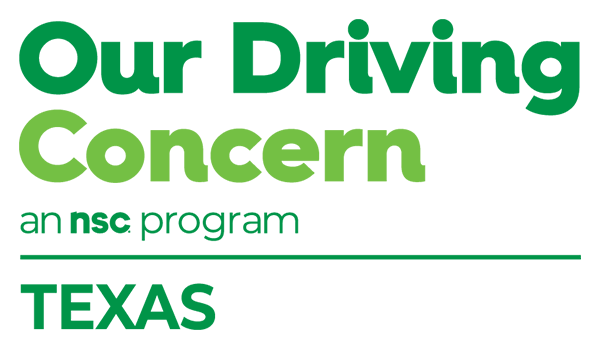Draw Clear Lines
In a 24/7 world, we all rush to keep up. We skim emails and texts; we live on grab-and-go foods. You see stressed out drivers all the time. Some are tailgaters, some weave in and out of lanes, passing traffic at alarming rates of speed.
Reckless drivers put themselves and others at risk. Speeding is a contributing factor in about one-third of all traffic fatalities nationwide. This month, let’s pause to consider our own driving habits and focus on the National Highway Traffic Safety Administration’s campaign: Speeding Catches Up with You.
Let’s be part of the safety solution. Here’s how you can work toward positive change at your location:
- Play this 1-minute video during your next safety meeting, or embed the video on your company’s intranet safety site: Driver Behavior Safety Series: Speeding (available in English or Spanish).
Then, review your safe-driving policies and discuss road safety at greater length so all your employees understand why you regulate speed on company vehicles and work so hard to create a culture of safety that is carried home.
- Why set speed limits? Speed limits are set to frame expectations and keep all road users safe.
- Exceptions to every rule: There are times when even traveling at the posted speed limit might be too fast – during inclement weather, in constructions zones or at night, for example.
Finally, get free resources from NHTSA to build on your public outreach efforts:
- Talking points (available in English and Spanish)
- Crash facts: Speeding
- Social media: Playbook and assets for multiple channels, including Facebook, Instagram and X (formerly Twitter)
- TV and digital videos (available upon request): Speed – Look at the Damage
Speeding impacts a driver’s ability to steer safely around another vehicle or a hazardous object and makes it difficult to stop quickly in an emergency. Pass along this message: Slow down and enjoy life’s ride.

Choose Your Path
Many in Texas work in the agriculture industry or are involved in gas and oil production. Like others who crisscross the state for work or pleasure, they travel often on rural roads where safety risks can be heightened because of:
- Higher speed limits
- Fewer traffic signals
- Bumpy roads
- Insufficient lighting
- The presence of roaming animals, including deer and endangered species like ocelots, wild cats that live near the Mexico border.
In fact, the Texas Department of Transportation reports there were 9,446 crashes involving domestic and wild animals on state roads last year, including 14 fatal crashes and 226 suspected serious injury crashes. That’s about 26 crashes every day. Thousands are spent on vehicle repair costs and/or medical expenses for each one of these crashes.
Join us during Rural Road Safety Week July 15-19 as we shine a spotlight on these risks and strive to keep each other safe while at work and behind the wheel. The theme for this year’s observance is Life Between the Lines: Preventing Rural Roadway Departures. Research from the National Center for Rural Road Safety shows:
- 45% of roadway fatalities occur in rural areas.
- Emergency response times are about 50% longer in rural areas.
- Roundabouts can reduce injury crashes by about 75%
One way to participate: Help us raise awareness of lane departures on rural roads. Work with leaders in your community to submit a proclamation request and be the one to make a life-saving difference.
Drunk and drugged driving are also big safety risks on rural roads. In fact, 43% of alcohol-related crash deaths occur on rural roads despite the fact only 19% of the U.S. population lives in these areas, according to a report from the Governors Highway Safety Association. Get free training so everyone on your safety team can recognize the signs and symptoms of impairment:
Use these free resources to engage your employees in road safety:
- Infographic: Impairment
- Driver safety games: Impairment Jeopardy
- Ready-made safety talk: Blood Alcohol Content
Or, share these safe driving tips from the National Highway Traffic Safety Administration.
Instead of singing about country roads, spin a safety yarn. You might save a life!

